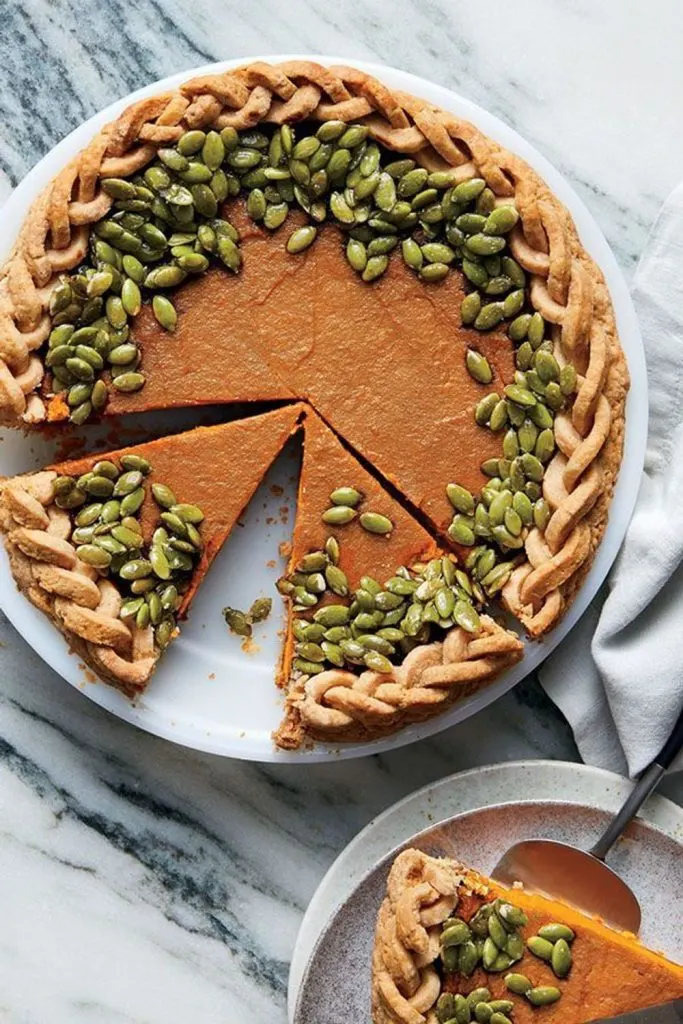When we think of Thanksgiving desserts, one sweet treat rises above the rest: pumpkin pie. It’s almost as if a Thanksgiving feast isn’t complete without a slice of this spiced classic topped with a dollop of whipped cream. But have you ever paused between bites to wonder how pumpkin pie claimed its spot on our holiday tables?
Believe it or not, the journey of pumpkin pie to Thanksgiving fame is as rich and layered as the dessert itself. While pumpkins were certainly on the menu at early American harvest festivals, the creamy, sweet pie we adore today wasn’t always part of the celebration.
So let’s dive into the delicious history of how a humble gourd transformed into the iconic dessert that signals the end of every Thanksgiving meal.
The Origins of Pumpkin Pie: From Field to Feast

Imagine the first Thanksgiving: tables loaded with wild game, corn, and perhaps some types of squash or pumpkins. Back in the 1600s, pumpkins were plentiful and a staple in Native American diets, but sugar and spices were rare commodities for the colonists. Without these sweet essentials, the early settlers couldn’t whip up the pumpkin pies we know and love.
Instead, pumpkins might have been served roasted or in savory dishes. The settlers were resourceful, but turning a tough-skinned gourd into a mouthwatering dessert required ingredients and techniques they didn’t have.
So how did we go from roasted pumpkin chunks to the silky, spiced pies that grace our tables today?
Amelia Simmons and the Birth of an American Classic
Enter Amelia Simmons, a revolutionary figure in American culinary history. In 1796, she published “American Cookery,” recognized as the first-ever American cookbook. This wasn’t just any collection of recipes—it was a testament to the burgeoning identity of American cuisine, utilizing native ingredients in new and exciting ways.
Among her recipes was one for “pompkin pudding,” a delightful concoction made with stewed pumpkin, cream, eggs, and a medley of spices like nutmeg and allspice. What’s more, this pudding was baked in a crust, effectively making it an early version of the pumpkin pie.
Thanks to Simmons’ culinary innovation, the pumpkin pie began its ascent into American tradition.
From Humble Beginnings to Holiday Tradition

Over the next few centuries, pumpkin pie evolved along with the nation. As sugar and spices became more accessible, the recipe was refined and adapted in countless kitchens across America. What started as a practical use of abundant pumpkins turned into a cherished dessert symbolizing home, harvest, and the warmth of family gatherings.
Today, pumpkin pie isn’t just a dessert; it’s a Thanksgiving icon, right up there with turkey and stuffing. It’s a sweet reminder of our culinary history and the way traditions are born and kept alive.
Make it a part of your celebration, and you’ll be honoring a tradition that spans generations.
Make Pumpkin Pie Part of Your Celebration
As you plan your Thanksgiving menu this year, be sure to honor this delicious legacy by including a homemade pumpkin pie. Whether you start from scratch with fresh pumpkins or opt for the convenience of canned puree, you’re keeping a rich tradition alive.
Feeling adventurous? Try putting a new spin on the classic with a pumpkin pie dip or a decadent pumpkin cheesecake. After all, traditions thrive when we make them our own.
Whichever route you choose, you’re not just making dessert—you’re baking a piece of history.
The Sweet Finale
So next time you savor a slice of pumpkin pie, take a moment to appreciate its journey from the fields of early America to your holiday table. It’s more than just dessert—it’s a slice of history, a testament to ingenuity, and a delicious way to bring people together.
And for that, we can thank Amelia Simmons and the generations of cooks who followed in her footsteps.
Happy Thanksgiving, and happy baking!
Was this page helpful?
Tell us why!



